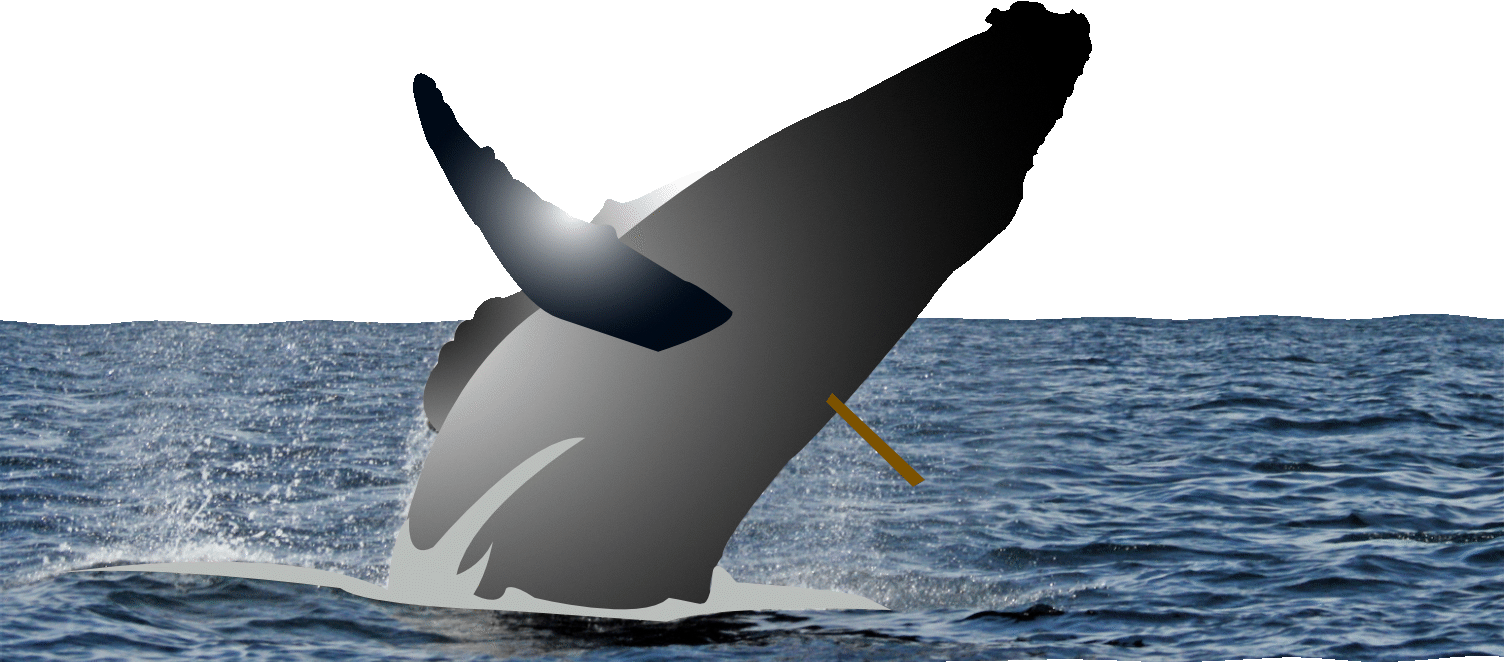Surviving Fame's Filth

Story
On one quaint Sunday in New York in the early 1900s, Laura Rockefeller, wife of John D. Rockefeller, attended church.
During the service, an all too common thing happened to Laura. An unemployed seamstress walked down the church’s aisle and, upon noticing the wife of the world’s wealthiest man, spat on her.
Laura wasn’t fazed at all. She didn’t flinch.
Laura and her family were public spectacles. John D. Rockefeller was portrayed in the media as a robber baron. As one newspaper article exclaimed, John D. Rockefeller was “about as popular as poison ivy.” The public responded in kind to what they thought was a heartless businessman. Few truly knew the Rockefellers, but they quickly found out how wrong they were.
Like, for instance, one occasion when the original Rockefellers strolled down Fifth Avenue in New York City. The story goes that a roughly garbed man pointed at them and shouted, “there goes the pirate of Standard Oil and his courtesan.”
Taking the high road, Mrs. Rockefeller smiled while waving to the man and John D. tipped his top hat responding, “God bless you, sir, and God bless Standard Oil.” Confused, the heckler scurried away.
Fame rarely is a gift. More often fame’s drift leaves you and your family miffed.
Imagine going golfing with acquaintances and almost everybody you play with - even ministers - start pestering you about propositions, deals or contributions before reaching the fourth tee. Well, that is why John D. and his wife Laura stopped playing with anybody but close relatives or old friends.
The Rockefeller Curse
The burden was felt by Rockefeller’s descendants, too. Most would be harassed at school.
Great-granddaughter Lucy Rockefeller Hamlin described:
I think my first awareness of being a Rockefeller was going to school in our Cadillac. I was very self-conscious of being a Rockefeller and used to slide down onto the floor when we got to Brearley (Manhattan’s very social finishing school). Then the car would stop a block away and I’d jump out and pretend I had walked to school.
Furthermore, I never studied American history. Why? Because I didn’t want to sit in class and risk hearing my great-grandfather (the original John D.) described as a ‘robber baron.’
Hope Rockefeller, another fourth-generation family member, defined the Rockefeller label:
In many, many ways growing up as a Rockefeller I lived with a tag, just as a Jew or a Negro. I sense what it was like to be discriminated against and have people ignore you or accept you as part of a class or group rather than an individual.
Some of John D. Rockefeller’s descendants took the label to a different, unfortunate level. Michael Rockefeller, another fourth-generation Rockefeller, tried living up to his great-grandfather’s name. In doing so, Michael Rockefeller took a risk while on an expedition in New Guinea in 1961. He and his expedition partner Rene Wassing’s boat had flipped over. Their two local guides swam for help. The wait was taking longer than expected, so Rockefeller took it into his own hands and swam\n the estimated 12 miles to shore. Unfortunately, he never returned.
Circumstantial evidence has led a number of investigative journalists to conclude that Michael Rockefeller didn’t drown but was a victim of a cannibalistic murder. The Asmat people, who Michael had been gathering artifacts from for his father’s newly opened Museum of Primitive Art, claim to have killed and eaten Michael Rockefeller. The Asmat tribe was reacting to the Dutch patrol murdering several of their leaders in 1958.
You can read more about the gory story in Carl Hoffman’s book Savage Harvest: A Tale of Cannibals, Colonialism and Michael Rockefellers Tragic Quest For Primitive Art.
A decade earlier, Winifred Rockefeller Emeny, grandniece of John D. Rockefeller, couldn’t stand the pressure of the Rockefeller label and lifestyle. She and her two daughters were found dead in their family’s garaged cars. Cause of death was carbon monoxide poisoning.
Eileen Rockefeller, another great-granddaughter of John D., summed up the great opportunities and great sacrifices all Rockefeller descendants faced in her book Being a Rockefeller:
There are enormous opportunities and gifts of huge abundance in being a Rockefeller. And ironically, all of us have also experienced scarcity. But it’s not scarcity of money. It was scarcity of attention, scarcity of time. Because with a very busy family, busy parents, there is a lot of going on. And with six children, less time to spend with each of us.
Surviving Fame
In our society, and in others, success is measured in dollars. John D. Rockefeller not only was the richest man of his time, he is still considered the single richest human ever. With such stunning success Rockefeller was the biggest whale. And in the bygone days of whaling, before coal, the whales that surfaced got harpooned. John D. Rockefeller’s Standard Oil domination of the oil industry got everyone’s attention. The Rockefeller name “surfaced” and was subject to harpooning. Thus, began the curse of the Rockefellers.
Fame and fortune is burdensome. The best way to escape harpooning is to never surface. Don’t seek fame.
If you do surface, follow the lead of the 135-year-old giant bowhead whale which John D. Rockefeller did. Discovered in 2007 off the coast of Alaska, the whale had a 13-centimetre arrow-shaped fragment still lodged in its side. The harpoon piece dated back to 1880 during the period of whale hunting. The blow probably annoyed the whale, but it shrugged it off and survived.
Sources
The Times Record “Wealthy Woman, Children Found Dead in Garage”, Mar 1951
The Washington Post “John D. Rockefeller, The Richest Man In America” Apr 30, 1905
The Cincinnati\n Enquirer June 25, 1975 “Their Family’s Fame, Rockefellers’ Curse”
Whale Survives Harpoon Attack 130 Years Ago
** This was originally published on Intelligentfanatics.com and updated